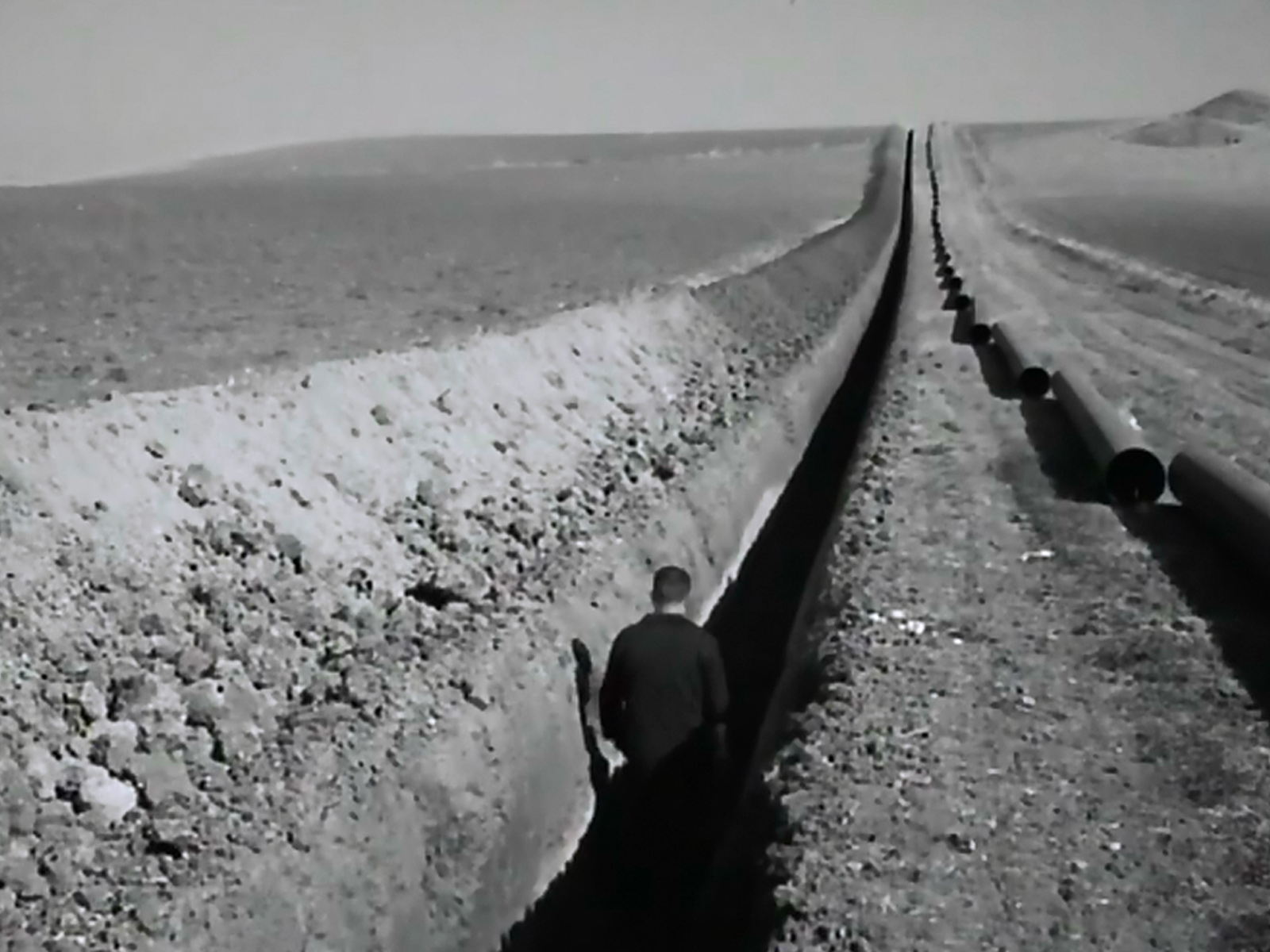
Project Completed
Reference: Art. 83 LOU
2010-2011The Mining Area of Puertollano: the Post-industrial Landscape
Research contract
Junta de Comunidades de Castilla-La Mancha. Consejería de Ordenación del Territorio
Research contract